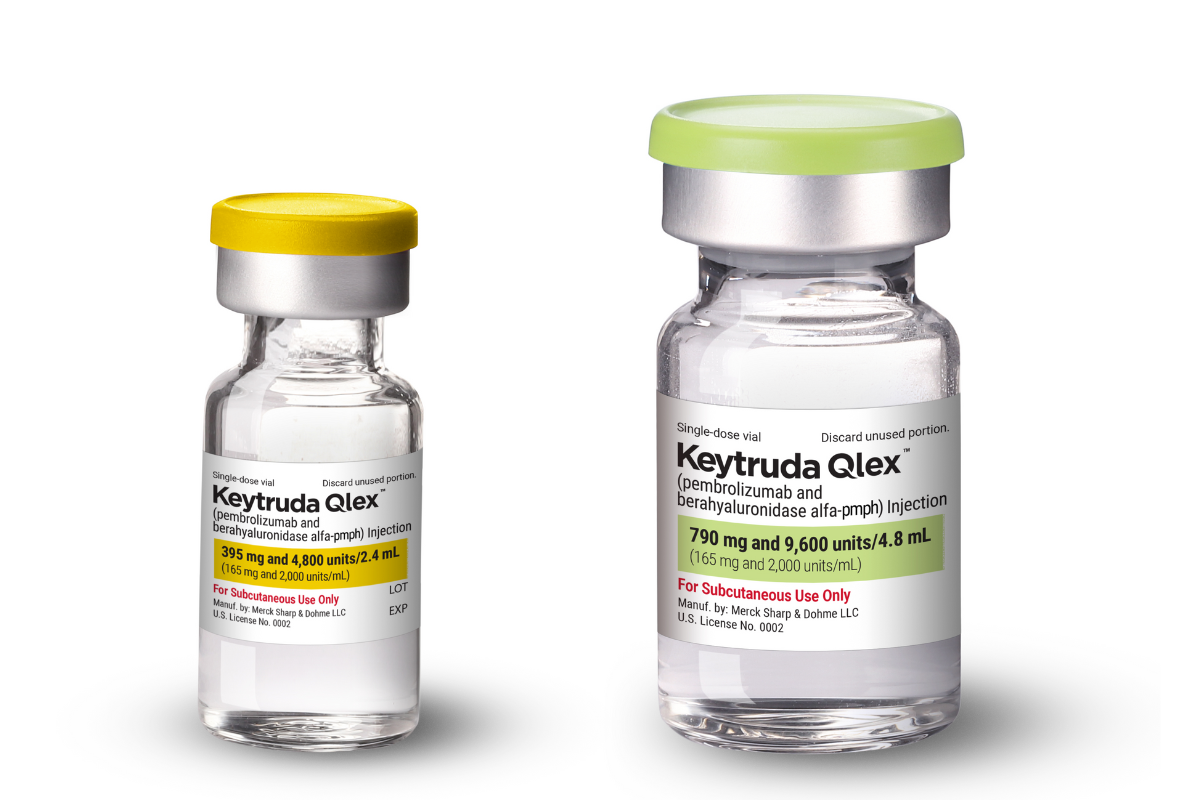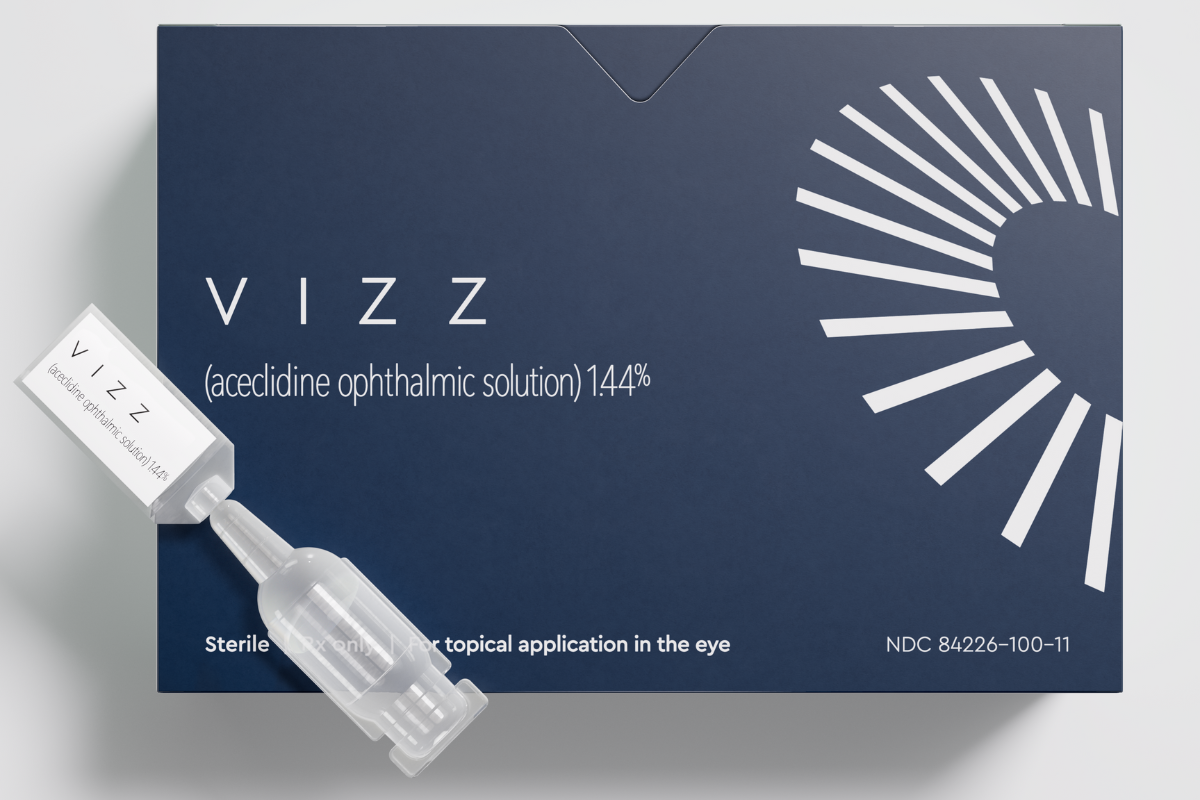As the most complex organ in the human body, the brain is a complicated system to model. Researchers at Harvard University have developed an in vitro brain-on-a-chip capable of modeling the connectivity between different neurons found in distinct areas of the brain.
“The brain is so much more than individual neurons,” said Ben Maoz, postdoctoral fellow in the Disease Biophysics Group in the Harvard John A. Paulson School of Engineering and Applied Sciences (SEAS), and an author on the publication. “It’s about the different types of cells and the connectivity between different regions of the brain. When modeling the brain, you need to be able to recapitulate that connectivity because there are many different diseases that attack those connections.”
Maoz and his colleagues were specifically looking to model three key areas of the brain – the amygdala, hippocampus and prefrontal cortex – which are affected in patients with schizophrenia. Their research was published in the Journal of Neurophysiology.
“Roughly twenty-six percent of the US healthcare budget is spent on neurological and psychiatric disorders,” said Kit Parker, the Tarr Family Professor of Bioengineering and Applied Physics Building at SEAS and Core Faculty Member of the Wyss Institute for Biologically Inspired Engineering at Harvard University. “Tools to support the development of therapeutics to alleviate the suffering of these patients is not only the human thing to do, it is the best means of reducing this cost.”
First, the researchers sought out to characterize neurons from the three regions of the brain based on important factors such as cell composition, protein expression, metabolism, and electrical activity. After culturing and characterizing each cell type in isolation, the researchers combined the cells within the chip to determine how they form cell-to-cell connections.
“It’s no surprise that neurons in distinct regions of the brain are different but it is surprising just how different they are,” said Stephanie Dauth, former postdoctoral fellow in the Disease Biophysics Group and an author on the publication. “We found that the cell-type ratio, the metabolism, the protein expression and the electrical activity all differ between regions in vitro. This shows that it does make a difference which brain region’s neurons you’re working with.”
When the cells were allowed to interact with one another on the chip, the researchers noted some striking changes. The cell composition and electrical activity were both altered for neurons from different brain regions after they formed connections.
“When the cells are communicating with other regions, the cellular composition of the culture changes, the electrophysiology changes, all these inherent properties of the neurons change,” said Maoz. “This shows how important it is to implement different brain regions into in vitro models, especially when studying how neurological diseases impact connected regions of the brain.”
In order to study the changes in the brain indicative of schizophrenia, Maoz and his team exposed neurons to the drug, phencyclidine hydrochloride (PCP). PCP simulates schizophrenia, allowing the researchers to monitor the effects of the disease on distinct brain regions within the brain-on-a-chip, as well as its impact on cell-to-cell connections.
“To date, the Connectome project has not recognized all of the networks in the brain,” said Parker. “In our studies, we are showing that the extracellular matrix network is an important part of distinguishing different brain regions and that, subsequently, physiological and pathophysiological processes in these brain regions are unique. This advance will not only enable the development of therapeutics, but fundamental insights as to how we think, feel, and survive.”












Join or login to leave a comment
JOIN LOGIN